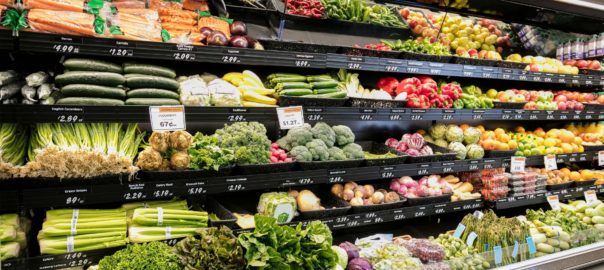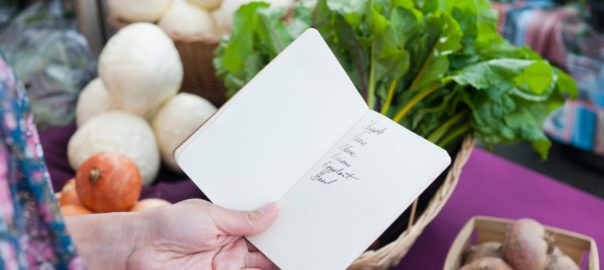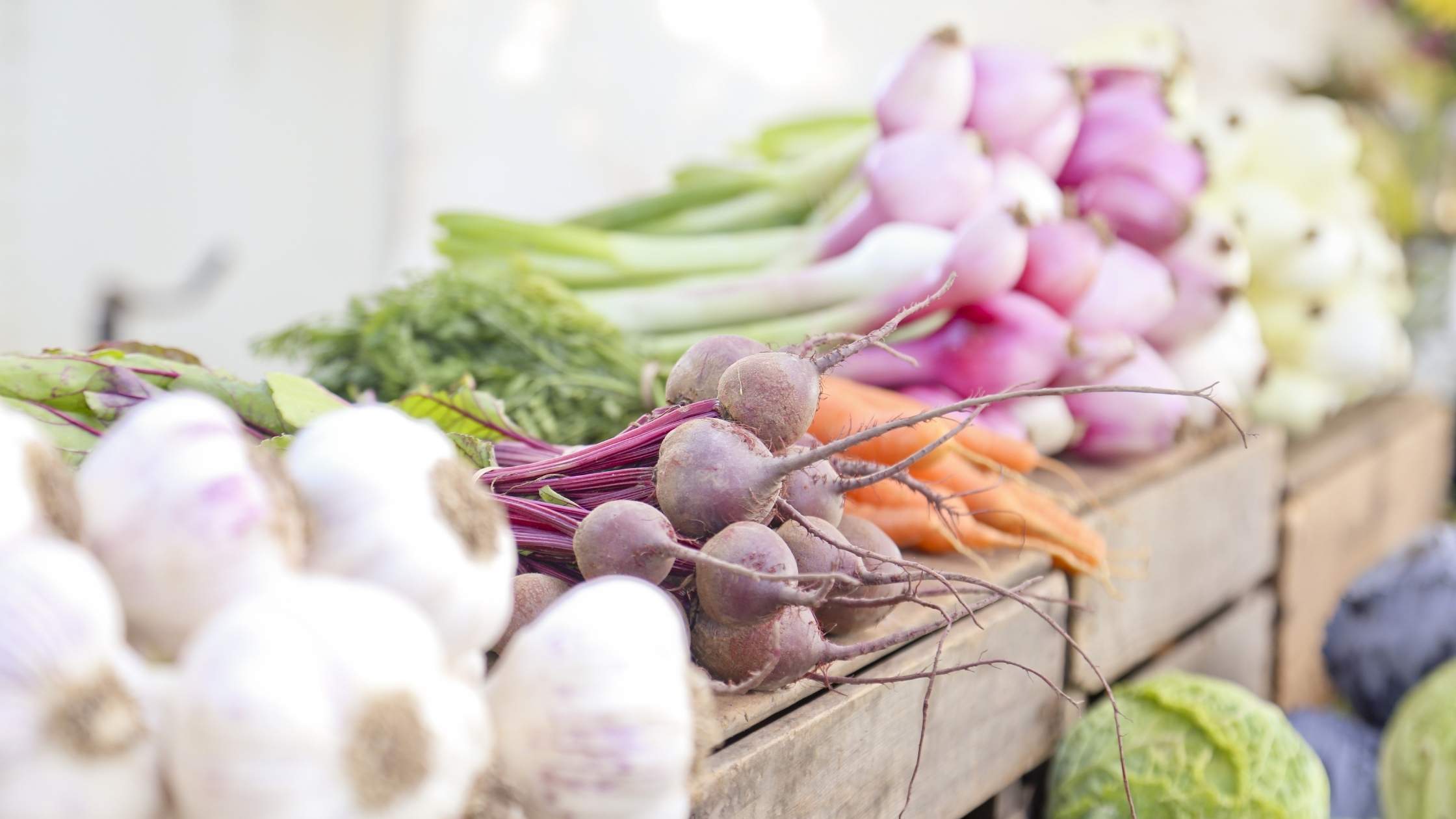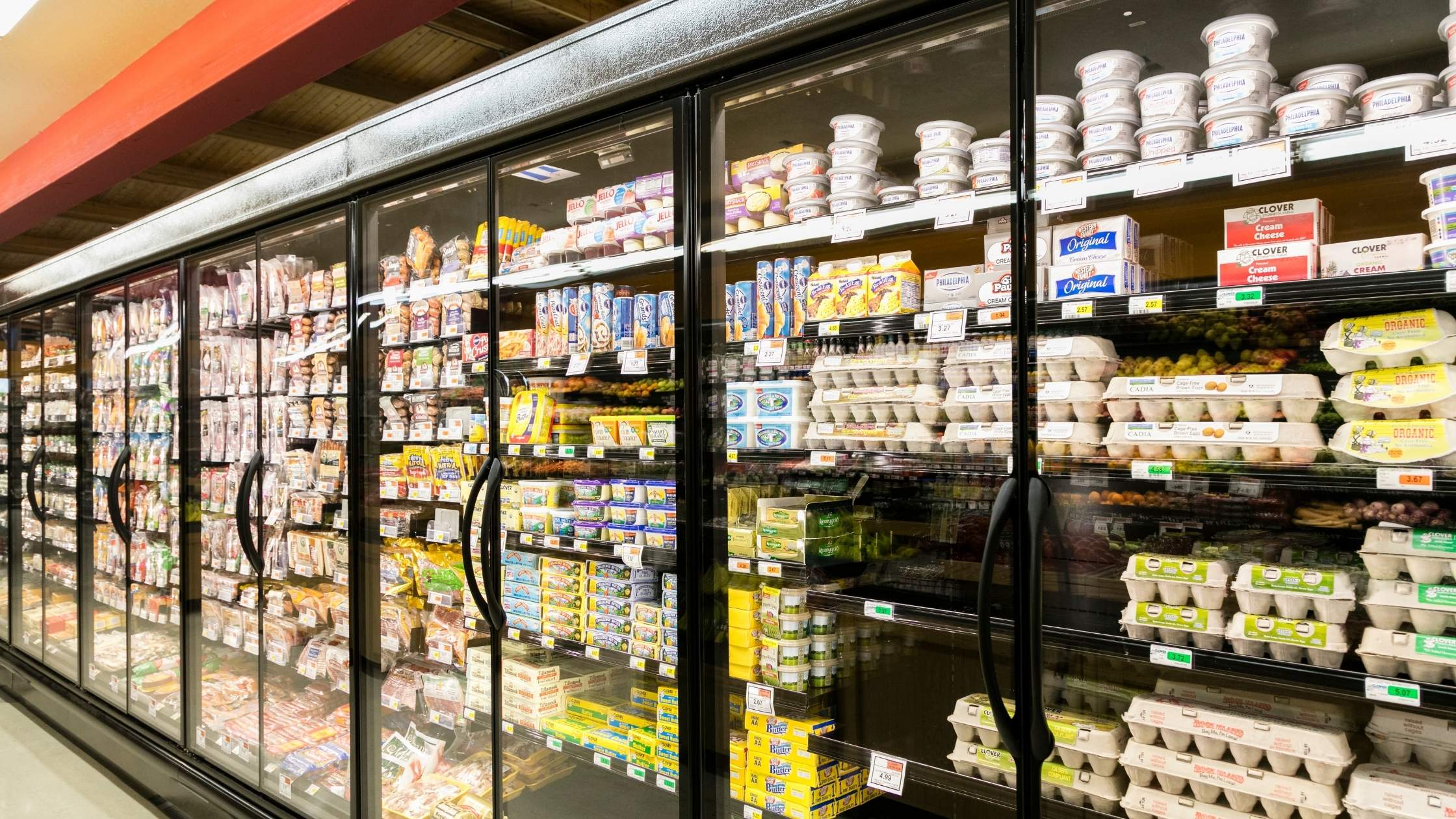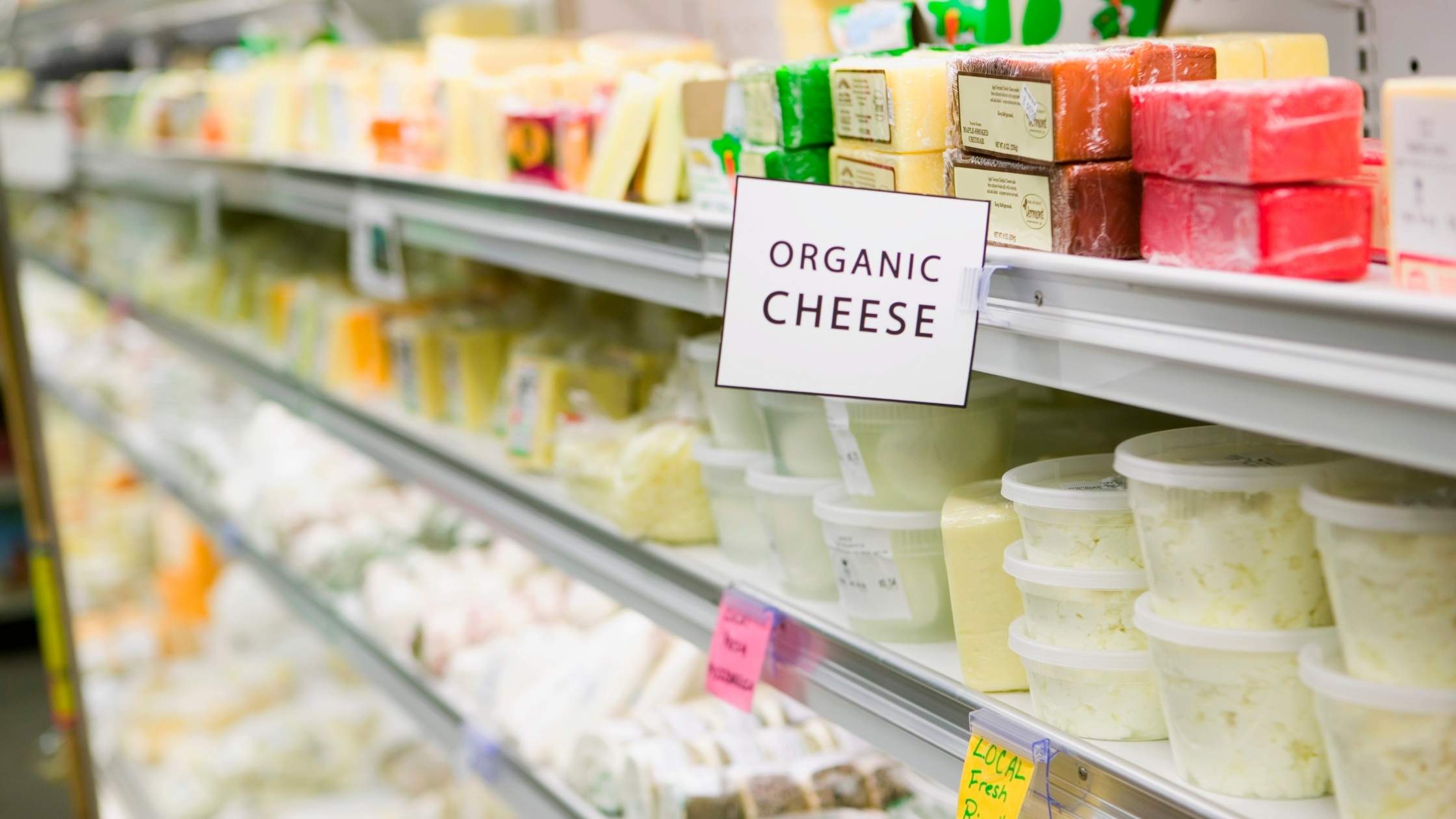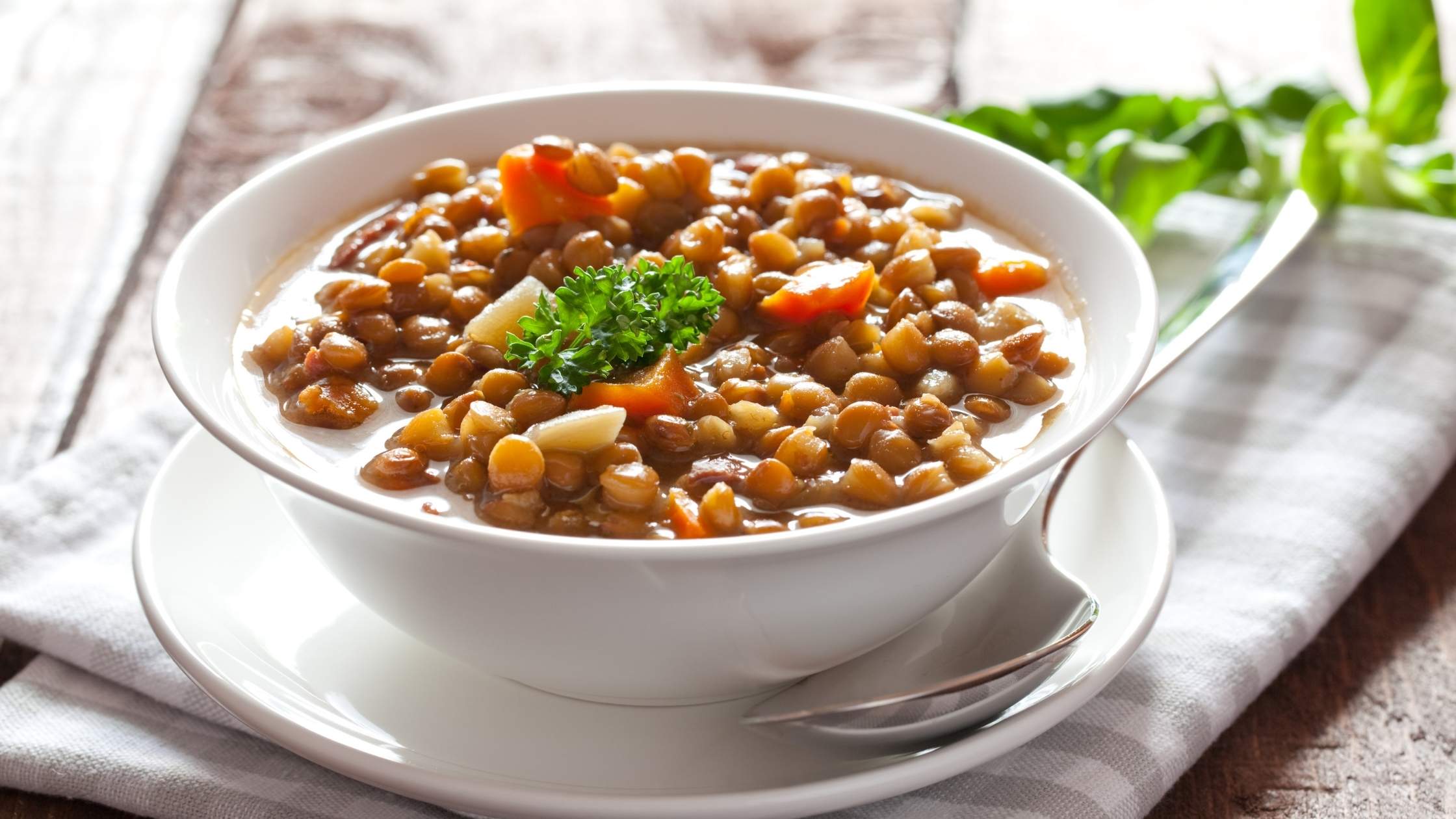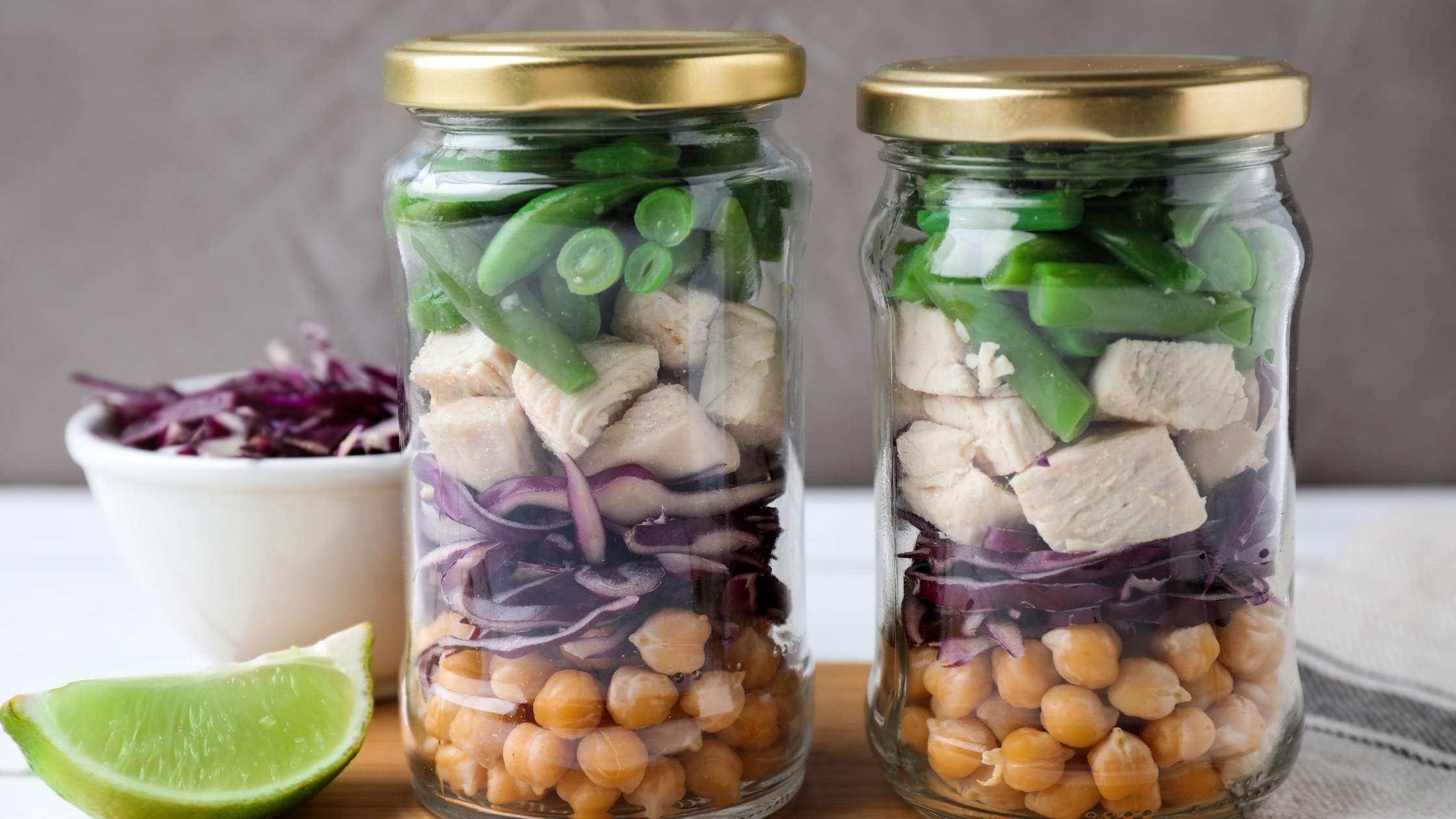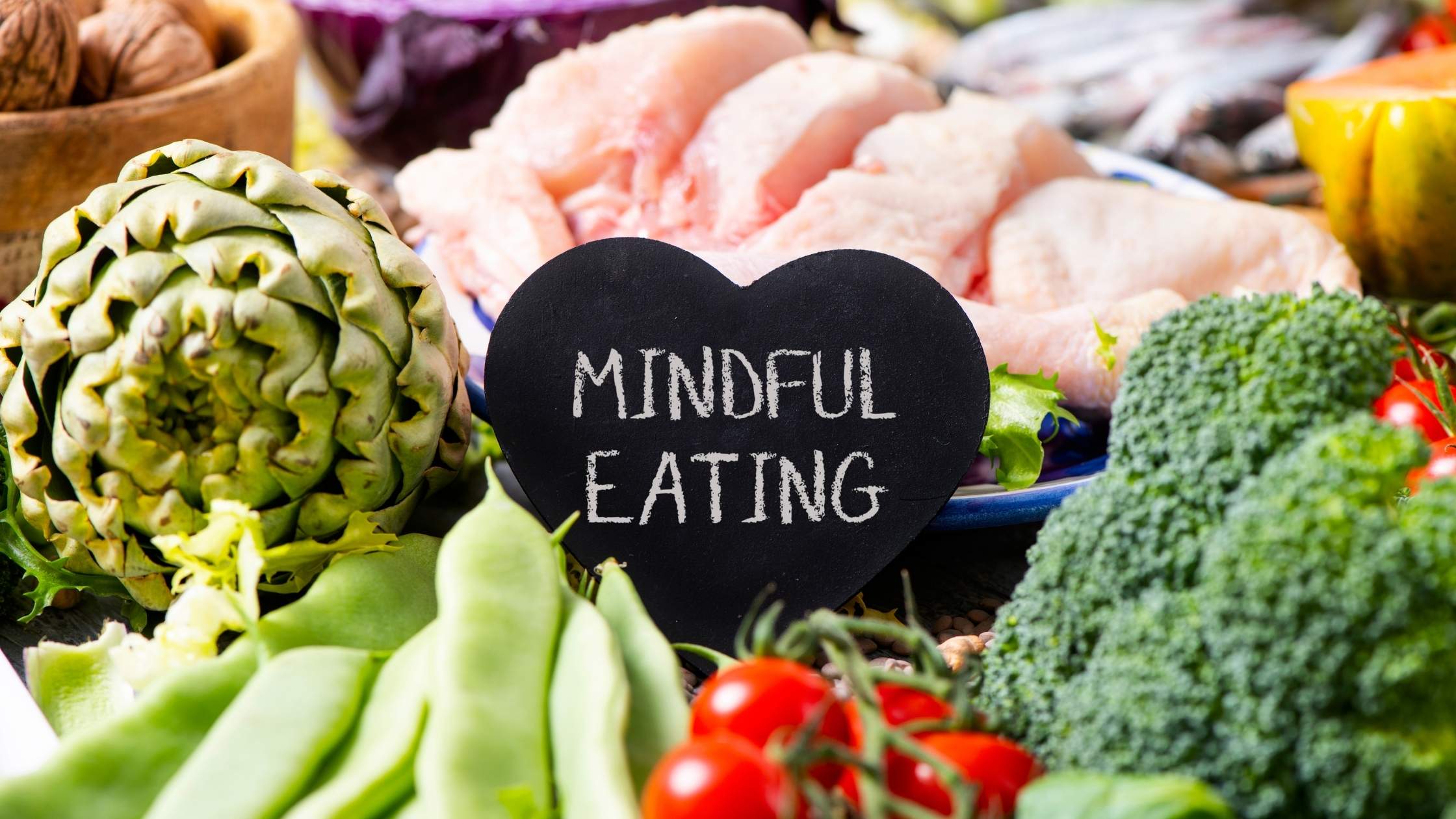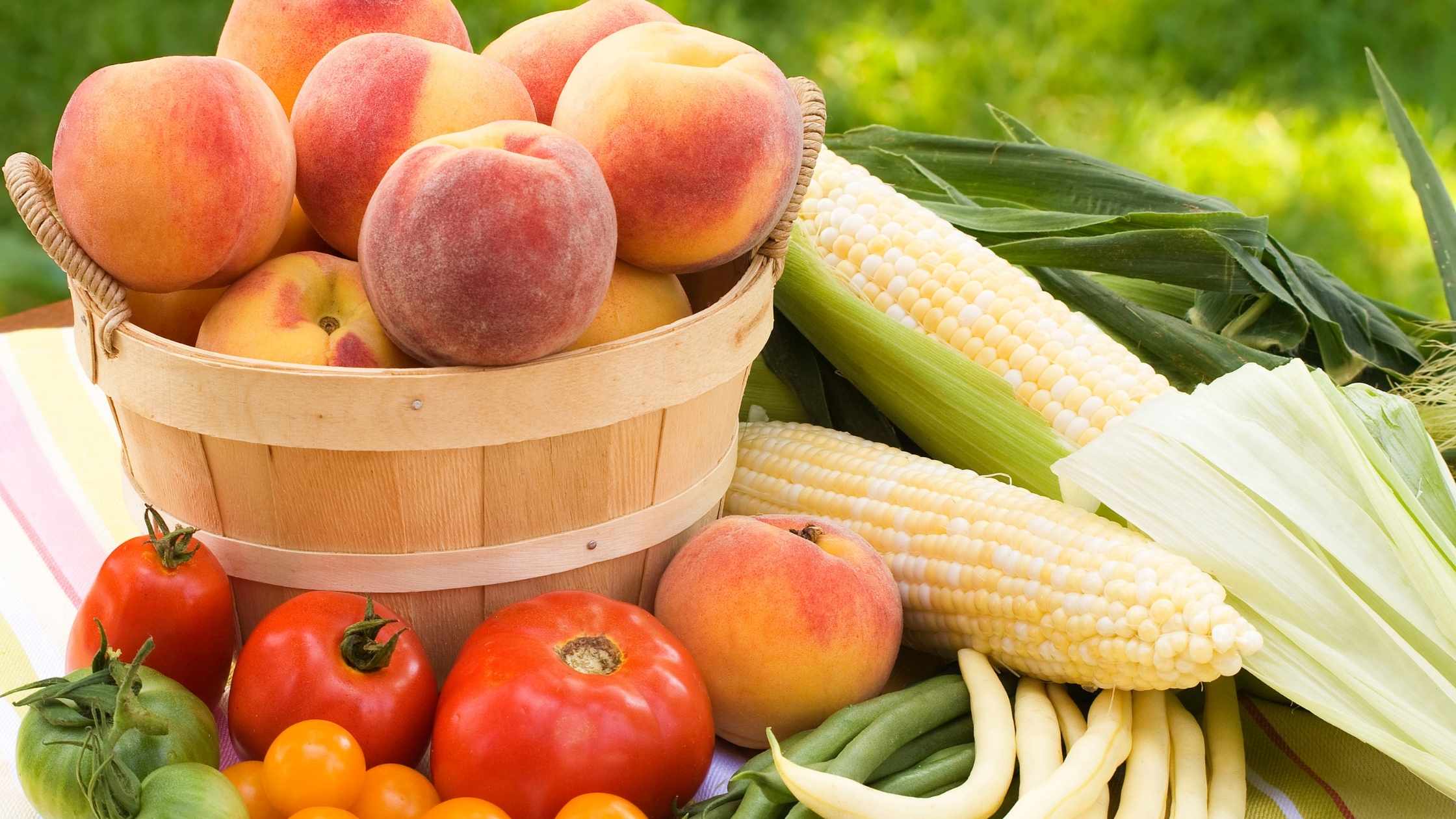Like everyone else you've probably noticed that your grocery dollars aren't stretching as far as they used to. These days it seems like more dollars buys less food. And if you're someone who's mindful about the quality of what you're eating that's definitely gotten your attention: Healthy Eating On A Budget.
I’ve written about this topic a number of times recently. In today's post I'm going to pull my most popular posts on this topic together. I’ll share what you need to know to avoid grocery store manipulation. You'll also learn some strategies to help you deal with rising grocery prices and shrinkflation -- you know, same price, package looks the same, but it turns out there's a lot less in the box! Plus some great ideas to add easy strategies for clean eating.
1. Grocery Store Tricks
Grocery stores are really good at finding ways to convince you to buy more than you need. One, it helps them make more money because you’re spending more. Two, it helps them save money because if they pass food waste onto you, the consumer, they don’t have to pay for it.
It’s a sad fact that approximately 40% of what is sold at the supermarket winds up as food waste in one way or another.
This post shares some of the top tricks grocery stores use to convince you to buy more than you actually need.
2. Realistic Food Budget Tips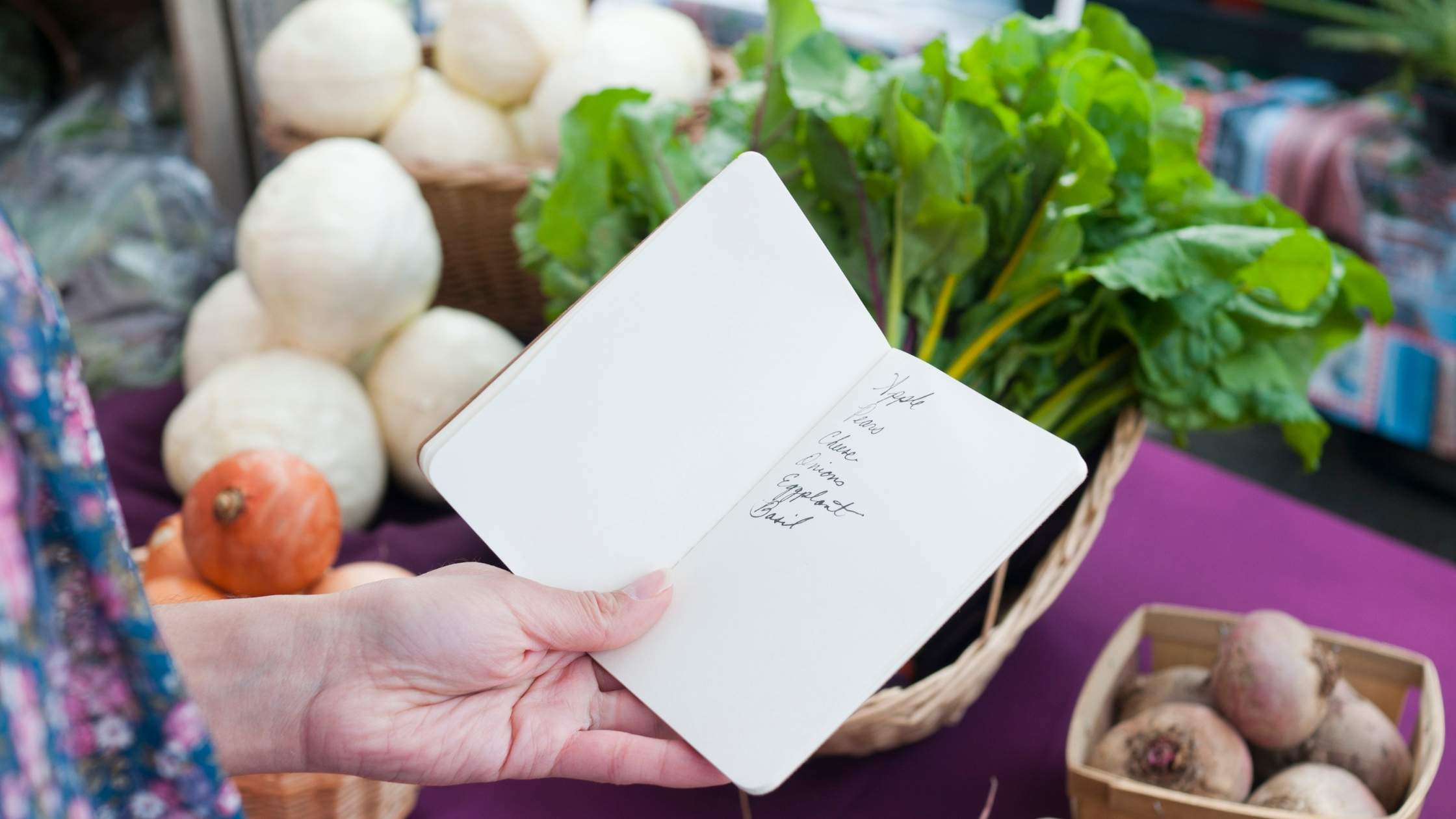
With the rising cost of groceries many people are beginning to look more closely at their grocery budget. Unfortunately costs are probably going to continue for a while due to supply chain shortages and reduced resources.
Although you want to save money on groceries this is not the time to revert to buying poor quality food solely to reduce your costs. You still want to make sure you are nourishing your body and eating as well as possible.
This post helps you get a handle on how to reduce your food budget. It starts with knowing where you are and what you’re actually spending.
3. Healthy Budget Friendly Ideas If You Hate To Cook
One great budget-friendly solution for feeding your family is to cook more at home. But even I have days when I’m just not in the mood to cook. I know, shocker right? You probably thought that because I’m The Ingredient Guru I just spend massive amounts of time playing in the kitchen.
Well, actually, I do.
But sometimes you need a day off.
Plus for a lot of people, real life doesn’t always cooperate with the idea of making a recipe that requires a lot of time. Yes everyone needs to be fed. And…kids need to get to sports or there’s a meeting you want to attend. Maybe you’d rather read a book. Whatever it is in your life that you’d rather be doing life is too short to spend most of it in the kitchen.
The good news is that if you want to eat healthier but don’t like cooking you can still create affordable and nourishing meals. And no, it doesn’t mean relying on convenience foods, pre-packaged meals, and it also doesn’t have to blow your budget.
Read this post for my five favorite ways to make “fast” food that’s good for you.
4. Three Top Tips for Clean Eating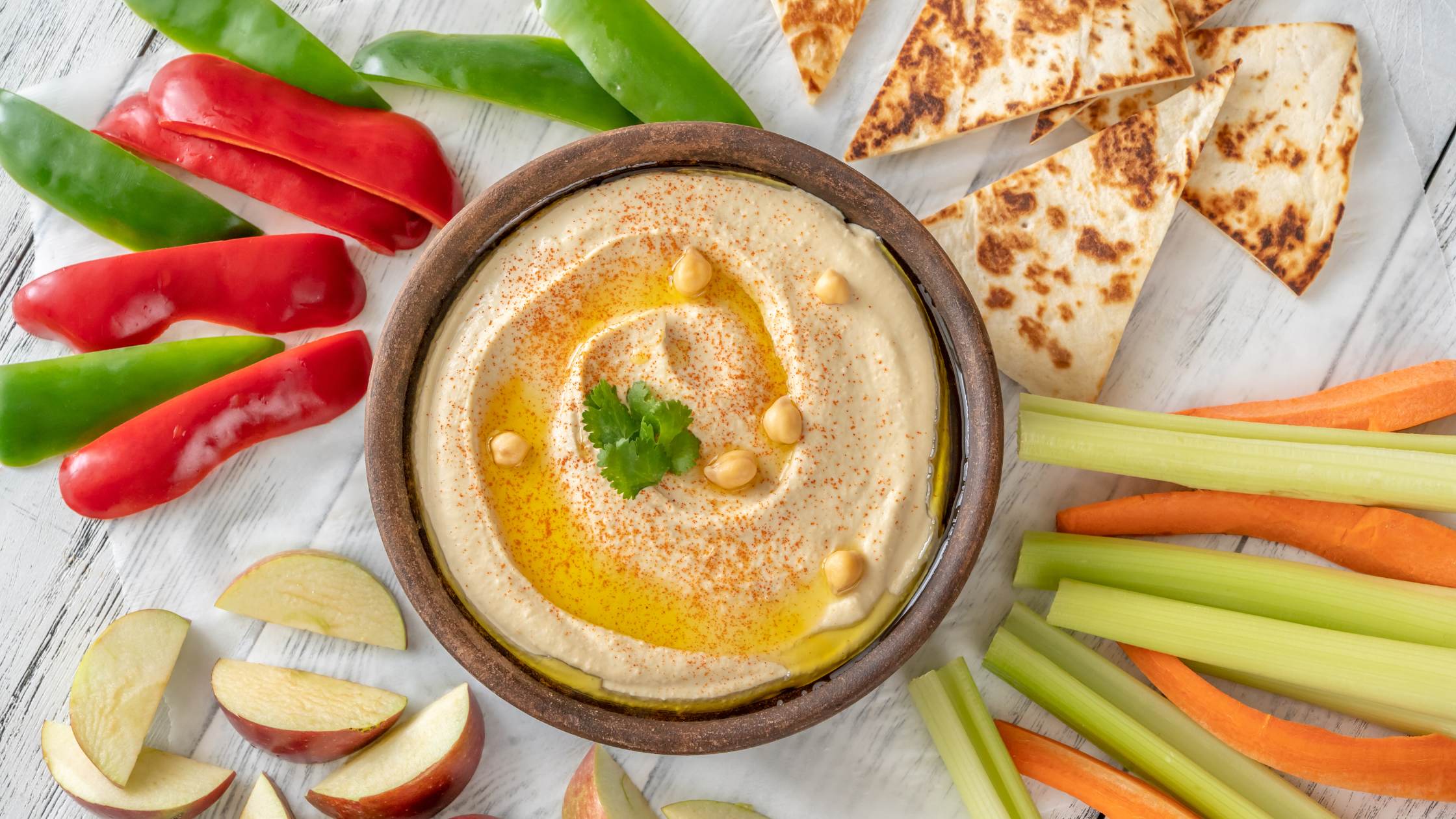
There’s a lot of media exposure and talk about “clean eating” but what is it exactly? The widely accepted definition is that clean eating means avoiding highly processed foods, refined sugars, and eating a diet rich in whole foods in their most natural state. For fruits and vegetables that means buying organic for The Dirty Dozen. When it comes to animal products, it means buying free-range or pastured with no antibiotics, pesticides, or added hormones.
For some people a clean eating diet also means no gluten. The challenge with going gluten-free (whether on a clean eating diet or not) is that you need to avoid the gluten-free crutch foods that are
scattered all over the grocery store shelves. These highly processed gluten alternatives are not a healthy choice.
This post shares three simple tips that don’t need to cost an arm and a leg.
5. Clean Eating On A Budget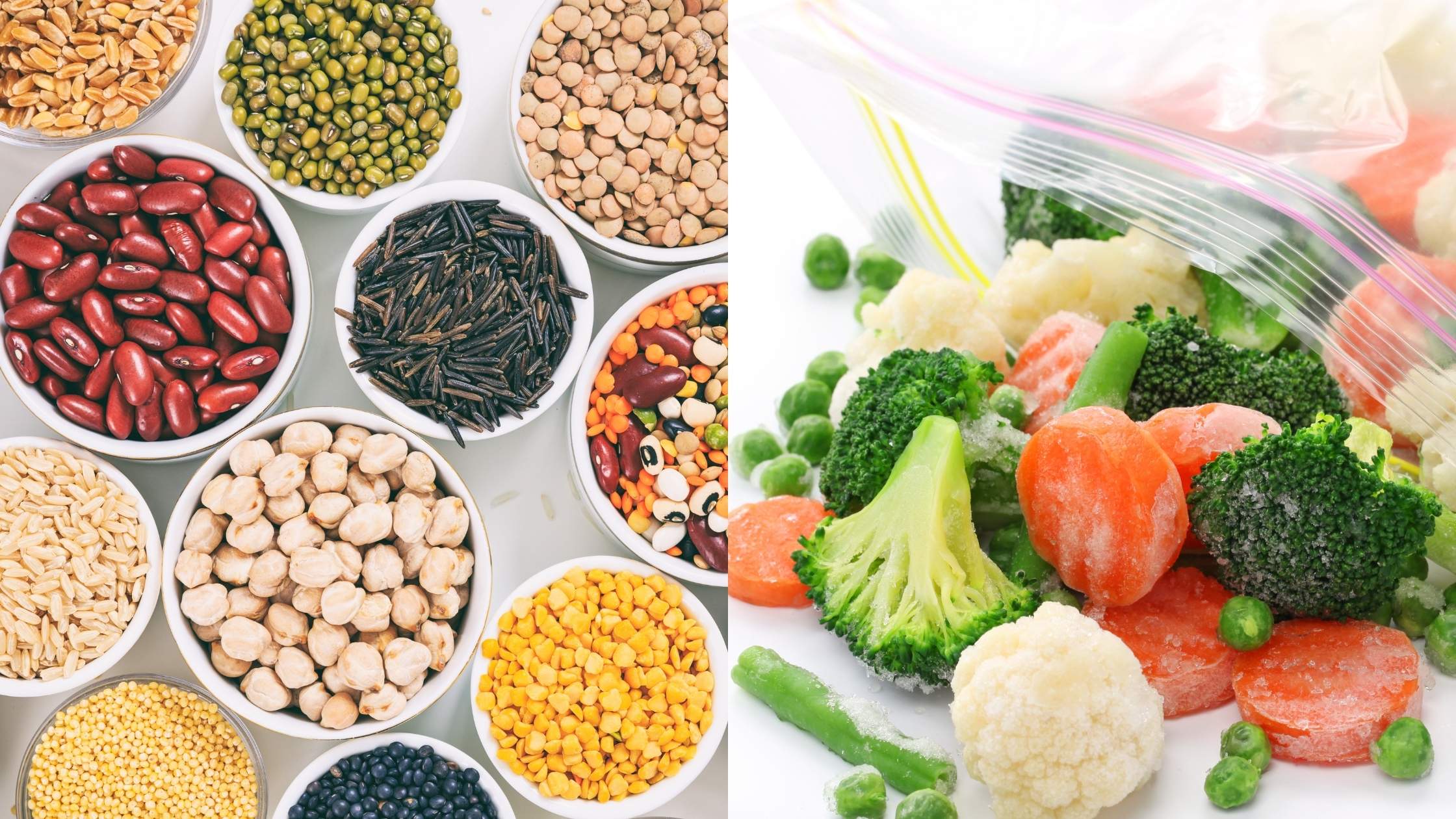
My clean eating post got so many comments I wound up creating this post. Mostly because these days a lot more people are paying attention to what’s in what they eat. That’s a great choice and a point of view I’m in favor of.
But while people are paying attention to what’s in what they eat, they’re also paying attention to their grocery bills. Because the cost of food is going up quite sharply.
You might think that clean eating and budgeting on your groceries don’t go together. But actually they can. If you’re focused on nourishing your body you’re going to want to avoid the packaged and processed foods. You’ll be making real food choices instead. I’m here to tell you it is possible to do that while also being budget minded when it comes to your groceries.
Conclusion
These are my top 5 posts for Healthy Eating On A Budget. By making just a few simple changes you can add delicious, clean (i.e., no added artificial ingredients) foods without breaking the bank. Remember, as I always say, Eat Well To Be Well!.
Let me know which one was your favorite and why in the comments!

